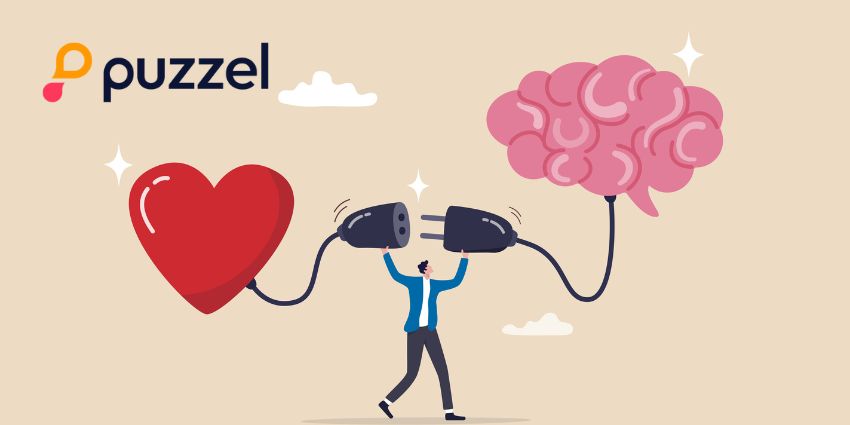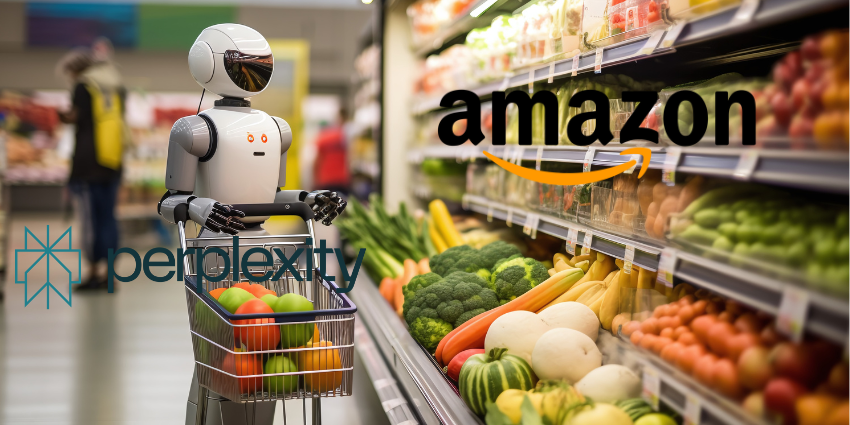OpenAI has been hot on the heels of the traditional enterprise software vendors, making their technologies much more accessible, so tech buyers don’t need to invest in separate services.
An excellent example is its Call Record feature, which may threaten the future of conversational intelligence solutions.
Yet, its latest move has been to release a new open-source demo that offers developers a practical, hands-on introduction to building intelligent, workflow-aware AI agents with the Agents SDK.
One of those agents is a Customer Service Agent, which businesses can host on Hugging Face under the permissive MIT License.
With this, OpenAI enables brands to build their own contact center AI agents, freely modifying and using its code within their applications.
Via the demo, OpenAI showcases how airlines may create a Customer Service Agent to route airline-specific queries to dedicated AI agents. These may handle tasks like booking seats, checking the status of flights, making cancellations, and answering FAQs.
Meanwhile, the AI giant promised relevance and safety through integrated guardrails.
The release aims to help teams move faster from concept to production, making it easier to implement real-world AI agents confidently.
OpenAI Is Challenging the Enterprise Tech Space
The business-grade starter kit will aid the deployment of AI agents in the enterprise, subtly rewriting the rules on automation at scale.
With this shotgun approach, OpenAI will hope to blow a giant cost-saving hole into the typical integration spend on integrating systems and automating the processes that run between them.
Strategically, open-source is acting as a wedge, enabling not only fast action but also the agentification of SaaS.
In the contact center, this “agentification” isn’t just about automating customer resolution flows. There are many more use cases for agentic AI in CCaaS.
Moves like this from OpenAI will pull a future of AI agents running across the contact center and broader enterprise closer.
Has the Holy Grail for Guardrails Been Found?
With guardrails part and parcel, this release highlights that AI agent guardrails are becoming productized.
Typically, vendors market security, refusals, and model boundaries as add-ons and differentiators that vendors pitch as “first of a kind” and “industry-leading”.
These traditions could be left in the dust as OpenAI positions them as an embedded part of the AI agent proposition.
Such guardrails include a Relevance Guardrail that filters out-of-scope queries and a Jailbreak Guardrail that defends against prompt injection attempts.
As these guardrails become commoditized, software vendors must think more broadly about how they can ensure security, compliance, and accuracy to differentiate.
Other OpenAI News
This release is not the only OpenAI announcement that has broken through the CX space, as previously mentioned.
Recently, ChatGPT has been letting users shop directly from their search results.
The announcement follows a surge in search activity through ChatGPT, which recorded over one billion queries in just one week back in April.
To support this growth, the platform has enhanced its product search experience by adding visuals for details, pricing, and reviews, along with direct purchase links.







